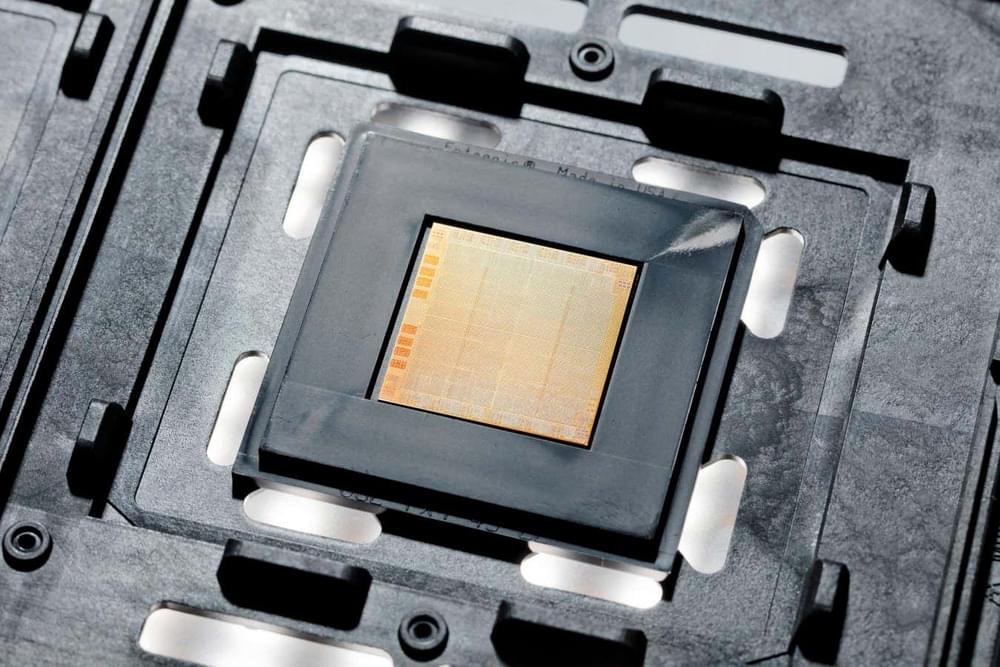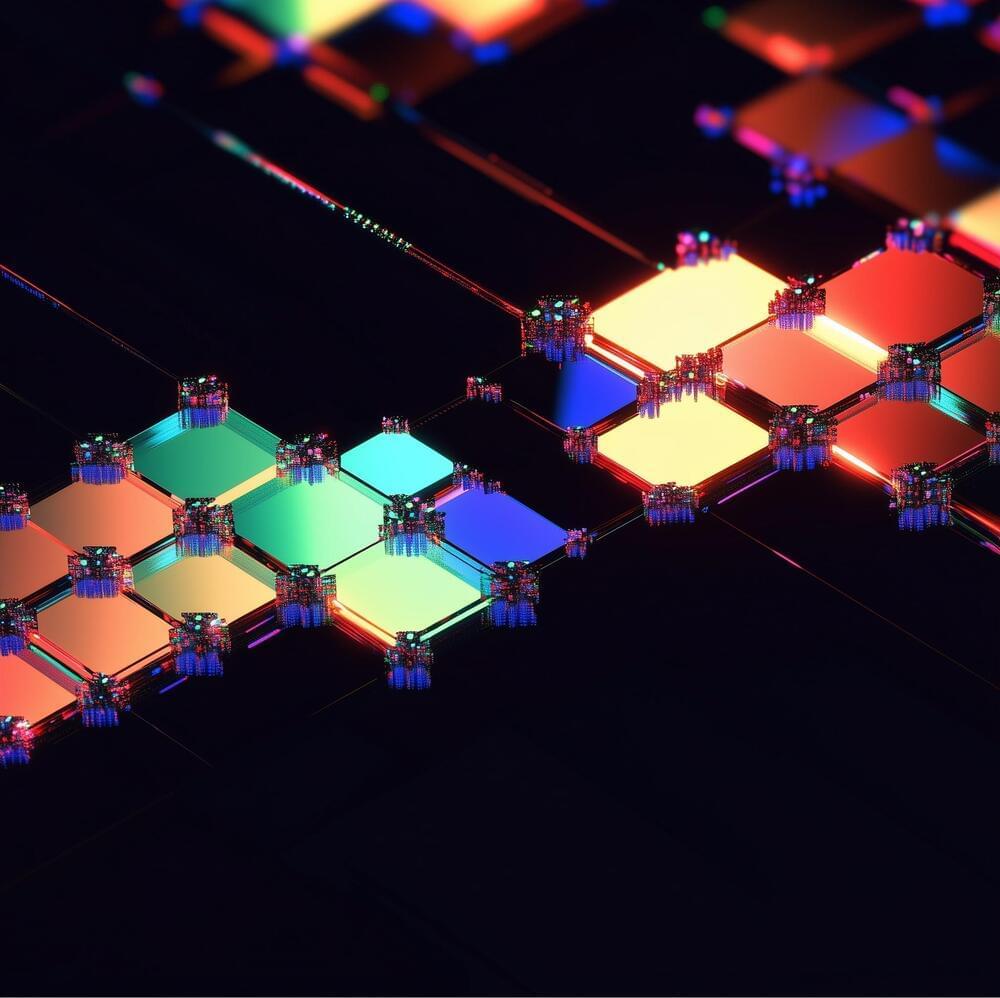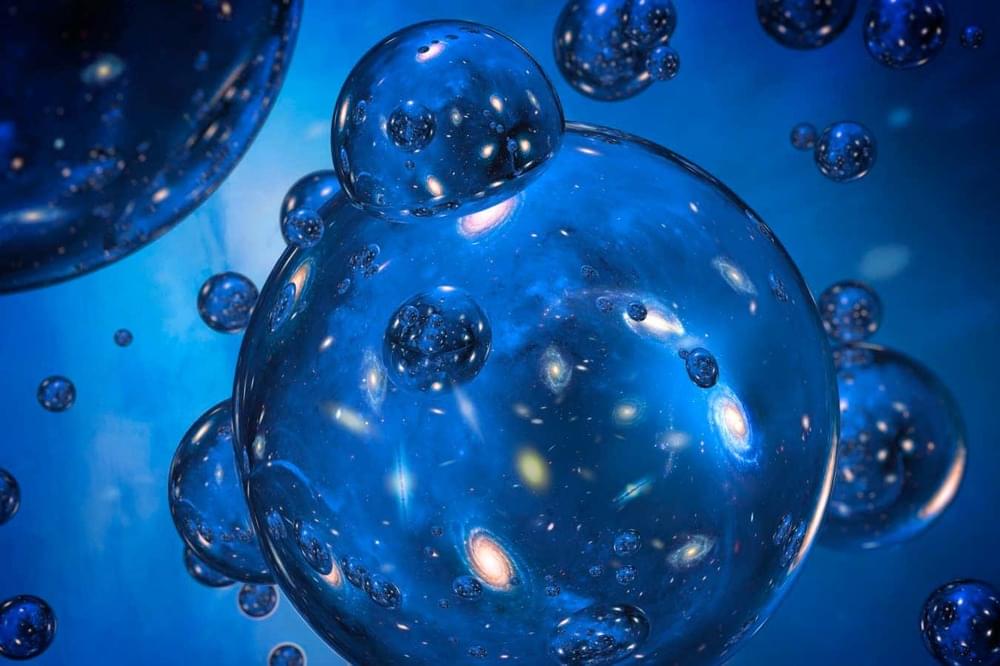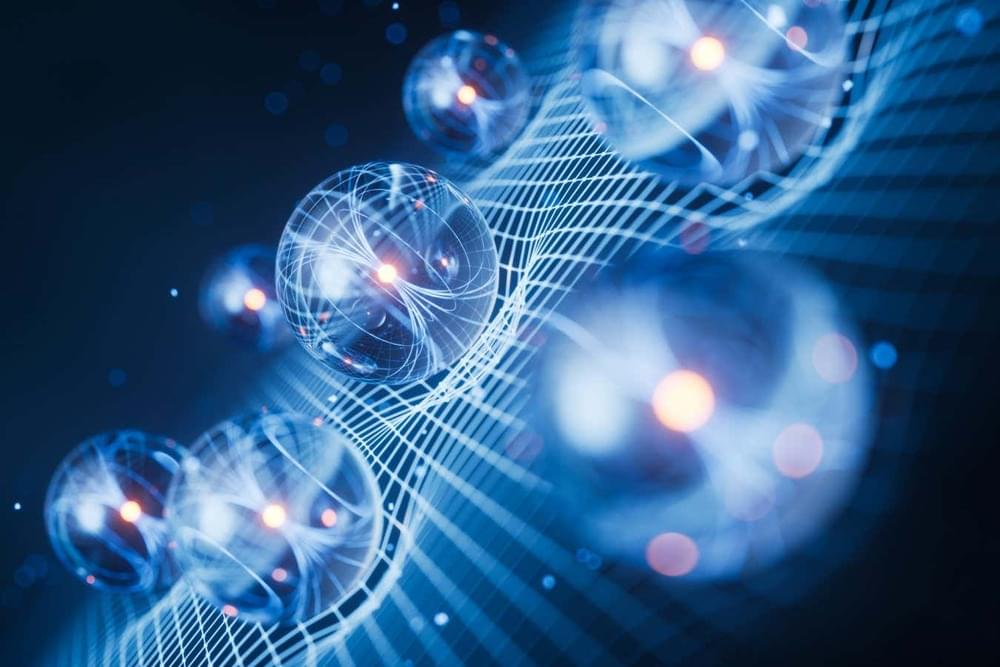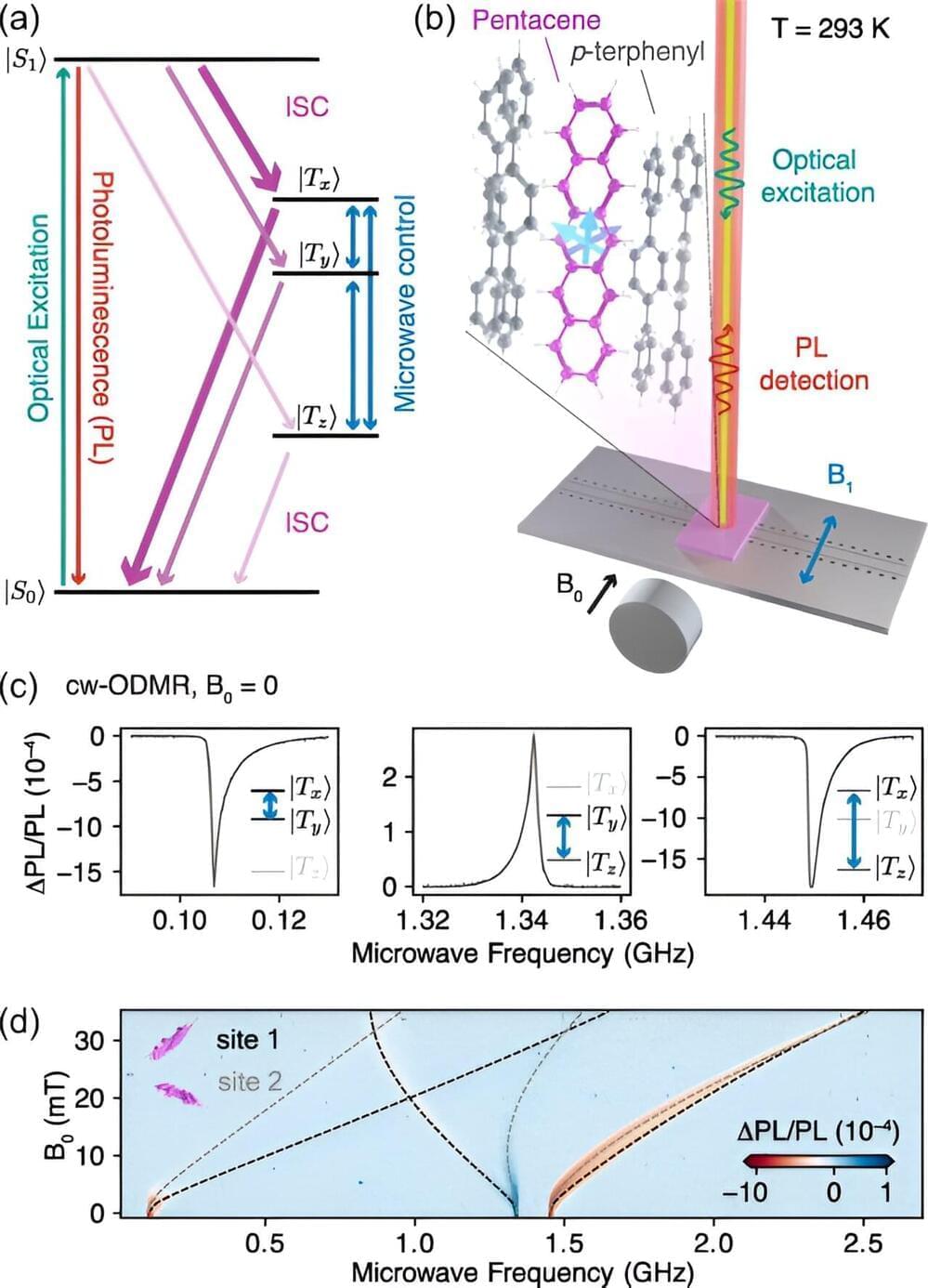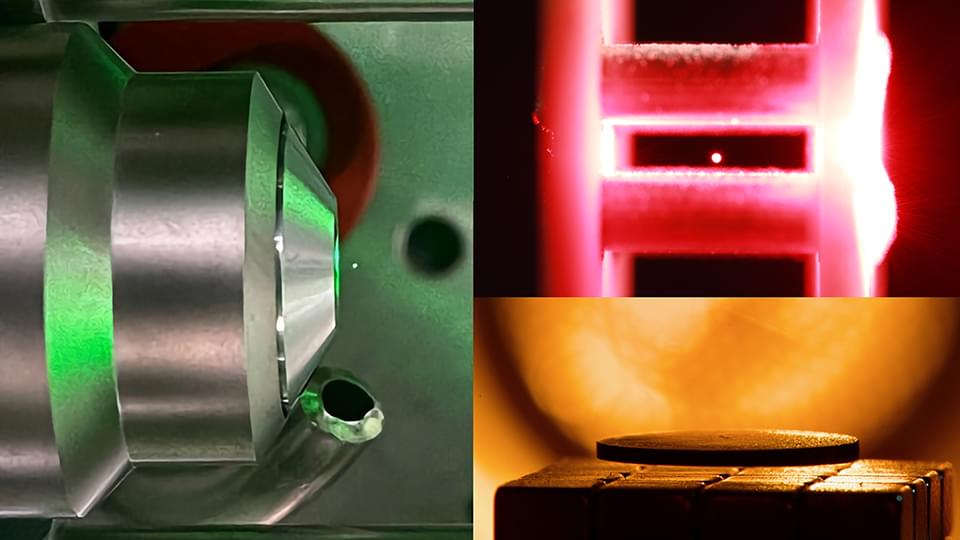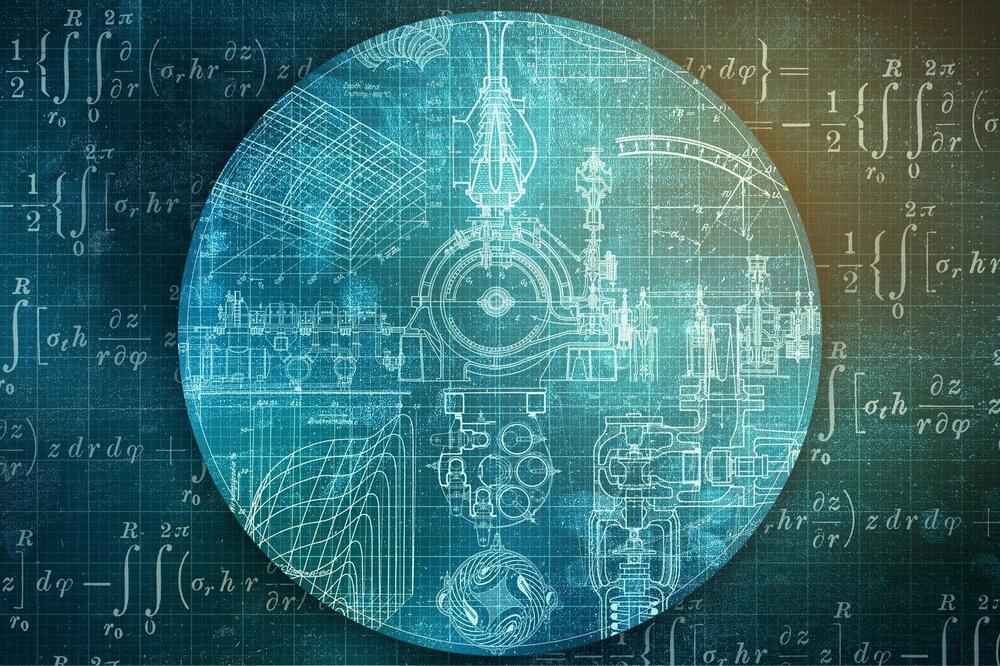Tutorial: A thorough presentation of quasiprobabilities elucidates their potentially pivotal use in many important areas of quantum research.
Category: quantum physics – Page 153
A discovery six years ago took the condensed-matter physics world by storm: Ultra-thin carbon stacked in two slightly askew layers became a superconductor, and changing the twist angle between layers could toggle their electrical properties. The landmark 2018 paper describing “magic-angle graphene superlattices” launched a new field called “twistronics,” and the first author was then-MIT graduate student and recent Harvard Junior Fellow Yuan Cao.
Together with Harvard physicists Amir Yacoby, Eric Mazur, and others, Cao and colleagues have built on that foundational work, smoothing a path for more twistronics science by inventing an easier way to twist and study many types of materials.
A new paper in Nature describes the team’s fingernail-sized machine that can twist thin materials at will, replacing the need to fabricate twisted devices one by one. Thin, 2D materials with properties that can be studied and manipulated easily have immense implications for higher-performance transistors, optical devices such as solar cells, and quantum computers, among other things.
A quantum computing protocol makes it possible to extract energy from seemingly empty space, teleport it to a new location, then store it for later use.
In a recent paper published in PRX Quantum, a team of researchers from Osaka University and RIKEN presented an approach to improve the fault-tolerance of color codes, a type of quantum error correction (QEC) code. Their method, known as Flagged Weight Optimization (FWO), targets the underlying challenges of color-code architectures, which historically suffer from lower thresholds under circuit-level noise. By optimizing the decoder weights based on the outcomes of flag qubits, this method improves the threshold values of color codes.
Color codes are an alternative to surface codes in quantum error correction that implement all Clifford gates transversally, making them a potential solution for low-overhead quantum computing, as noted by the paper. However, their practical use has been limited thus far by the relatively low fault-tolerance thresholds under circuit-level noise. Traditional methods of stabilizer measurement, which involve high-weight stabilizers acting on numerous qubits, introduce substantial circuit depth and errors, ultimately leading to lower overall performance.
The research team focused on two color-code lattices—the (4.8.8) and (6.6.6) color codes. The team noted that while these codes are considered topologically advantageous for QEC, their previous thresholds were relatively low, making them less effective for real-world applications. For example, the threshold for the (4.8.8) color code was previously around 0.14%, limiting its use in fault-tolerant computing.
Even though the strange behaviour we observe in the quantum realm isn’t part of our daily lives, simulations suggest it is likely our reality could be one of the many worlds in a quantum multiverse.
The direction of cause and effect was brought into question for quantum objects more than a decade ago, but new calculations may offer a way to restore it.
A breakthrough in quantum technology research could help realize a new generation of precise quantum sensors that can operate at room temperature.
Some recent dark matter experiments have begun employing levitated optomechanical systems. Kilian et al. explored how levitated large-mass sensors and dark matter research intersect.
Levitated sensors are quantum technology platforms that use magnetic fields, electric fields, or light to levitate and manipulate particles, which become very sensitive to weak forces. These sensors are especially well suited for detecting candidates in regimes where current large-scale experiments suffer limitations, such as ultralight and certain hidden-sector candidates.
The authors discussed how these advantages make levitated sensors, including optically trapped silica nanoparticles, magnetically trapped ferromagnets, and levitated superconducting particles, ideal for detecting different dark matter candidates.
Researchers Propose a #Smaller, more #Noise-#Tolerant #Quantum #Circuit for #Cryptography.
MIT researchers new algorithm is as fast as Regev’s, requires fewer qubits, and has a higher tolerance to quantum noise, making it more feasible to implement…
The most recent email you sent was likely encrypted using a tried-and-true method that relies on the idea that even the fastest computer would be unable to efficiently break a gigantic number into factors.
Quantum computers, on the other hand, promise to rapidly crack complex cryptographic systems that a classical computer might never be able to unravel. This promise is based on a quantum factoring algorithm proposed in 1994 by Peter Shor, who is now a professor at MIT.
But while researchers have taken great strides in the last 30 years, scientists have yet to build a quantum computer powerful enough to run Shor’s algorithm.
PRESS RELEASE — IQM Quantum Computers (IQM), a global leader in designing, building, and selling superconducting quantum computers, today announced that it has reached a milestone of producing 30 full-stack quantum computers in its manufacturing facility in Finland.
In addition, IQM has also completed the delivery and installation of six full-stack quantum computers to customers worldwide. IQM’s previously announced customers include VTT Technical Research Centre of Finland, Leibniz Supercomputing Centre (LRZ) in Germany as well as Forschungszentrum Jülich in Germany.
With increasing demand for on-premises quantum computers globally, IQM Quantum Computers Co-CEO Mikko Välimäki highlighted the significance of the manufacturing milestone, stating: “One of the key bottlenecks in quantum computer adoption has been prohibitively high prices. We are the first quantum computer manufacturer with the goal of taking quantum computers to a much wider market with industrialized manufacturing capabilities that help drive the prices lower. Looking ahead, our production line has the capacity to deliver up to 20 full-stack quantum computers a year.”


